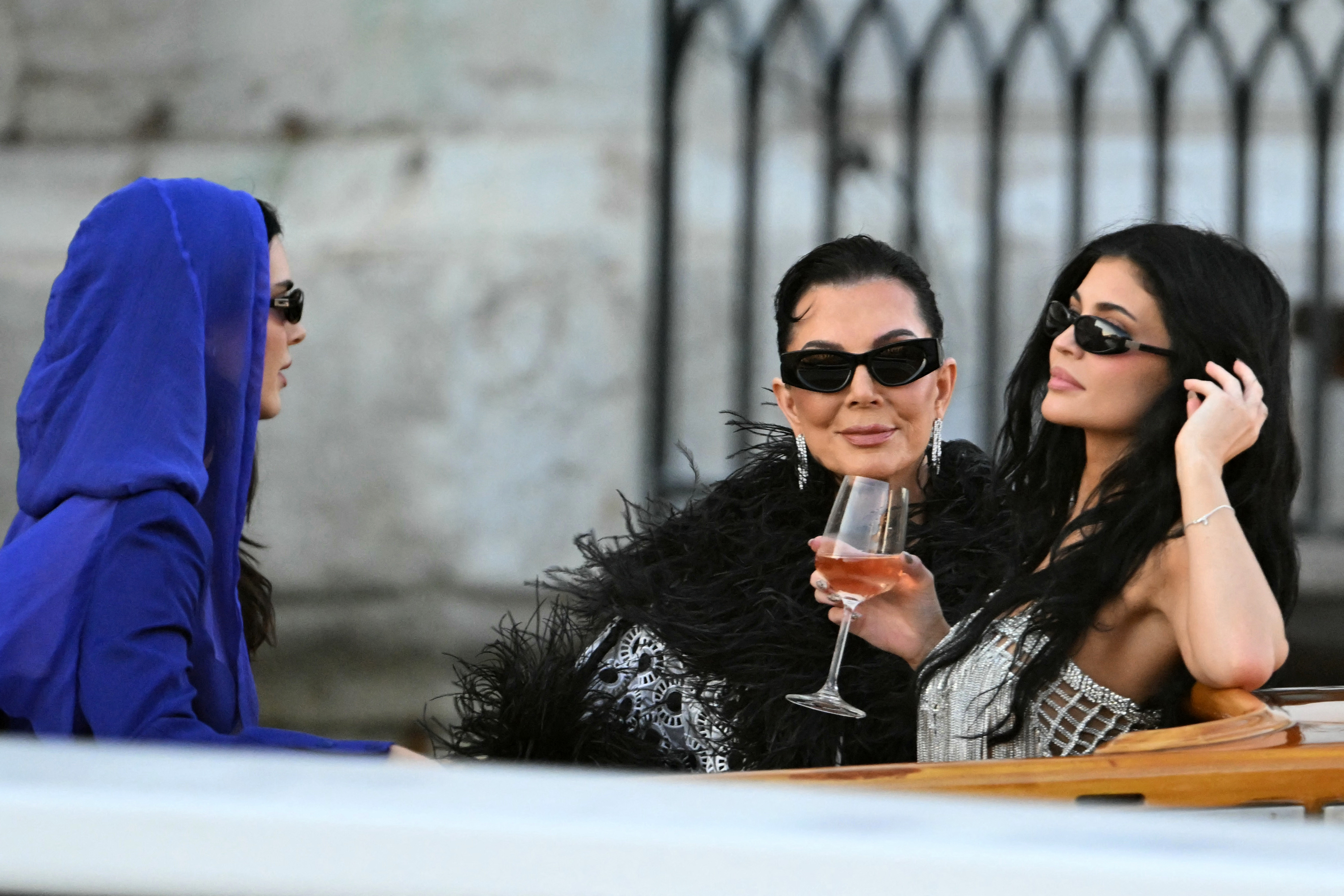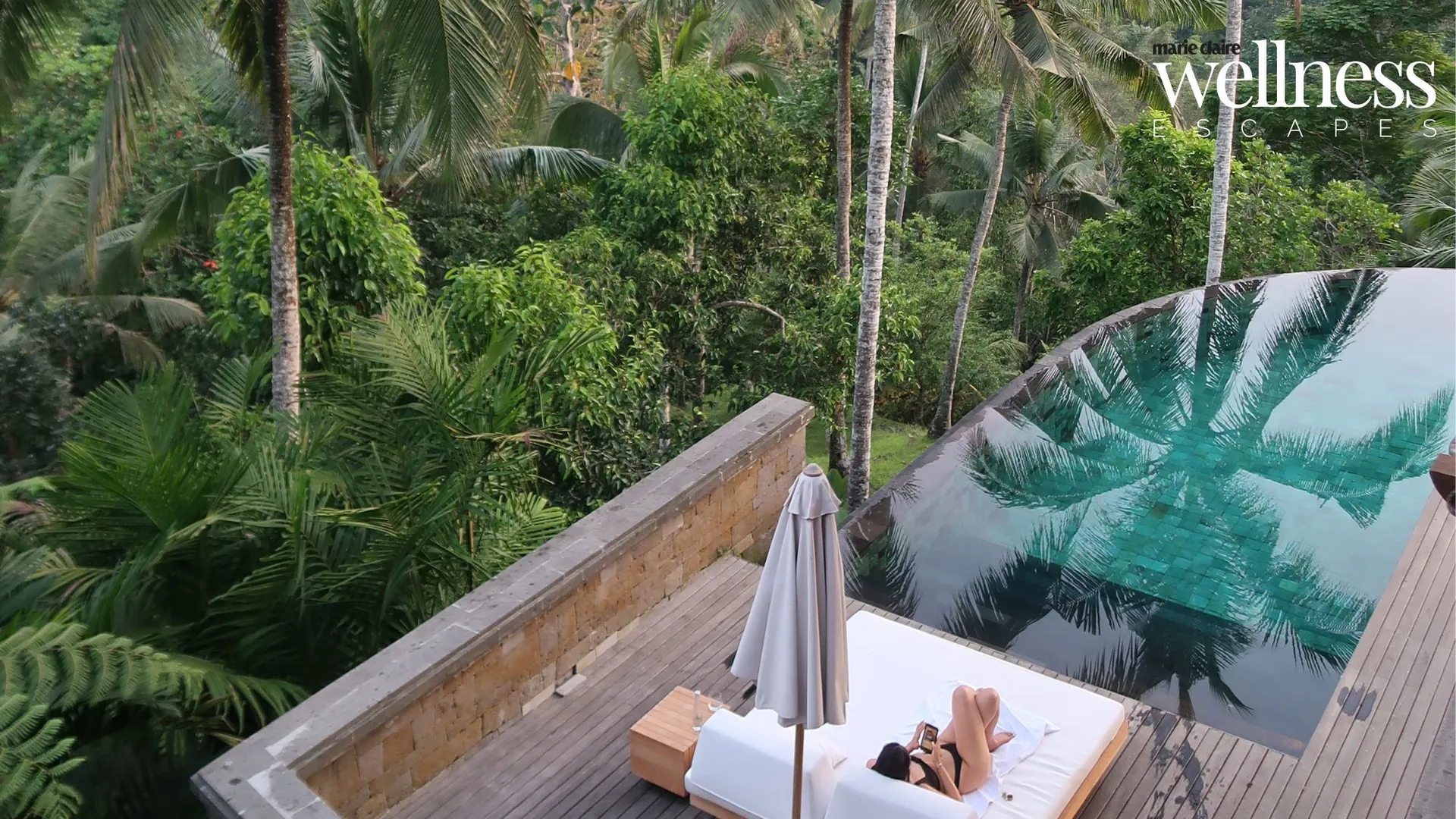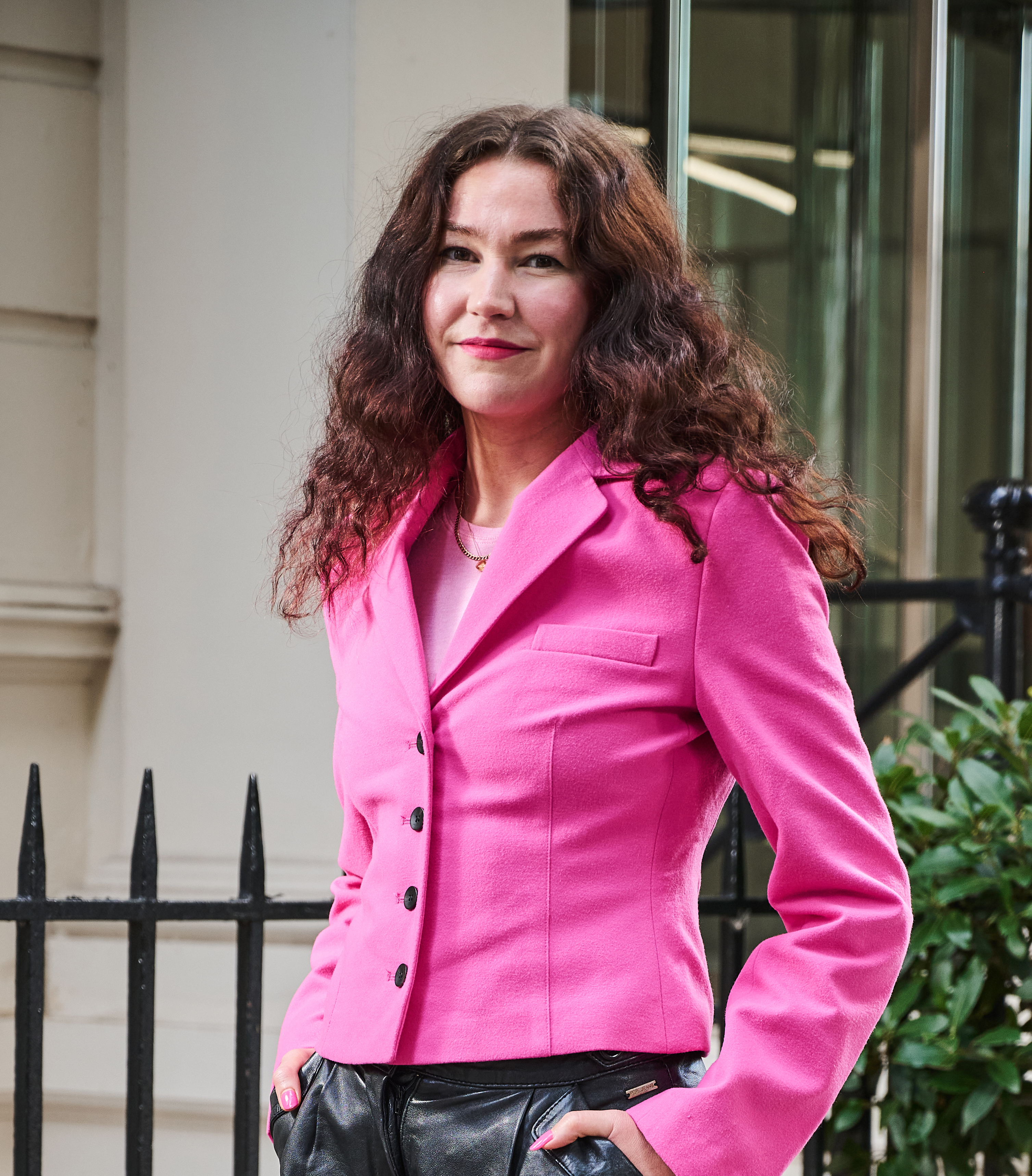Yes, Instagram Is Ruining Your Holiday
If you went on holiday and didn’t post it, did it even happen?

I’ll admit it: scrolling Instagram for holiday inspiration is probably—sadly—one of my favourite, or at least most common, ways to while away the time. And yet, I’m not in the least surprised that new research from Icelandair shows social media is actually having an adverse effect when it comes to going abroad. So much so that 47% of us say social media negatively impacts our holidays. That number rises to 77% of Gen Z and 67% of Millennials.
Will that stop me from typing “Euro Summer” into my search bar? No, of course not. But I think there’s value in acknowledging the ‘Instagram versus reality’ disconnect. You see, holidays have been aestheticised. TikTok is stuffed with candyfloss sunsets, sparkling seas, and Pretty Little Thing holiday hauls, all largely void of any context.
Travel, like much of modern life, has become a backdrop for content. Take Hailey Bieber’s Mallorca getaway earlier this summer, which doubled as a launch for her Rhode ‘Lemontini’ lip gloss. Elsewhere on a yacht in the Med, Kylie Jenner lived out her own Euro Summer, using the setting to debut the Khy x Frankie’s Bikinis collaboration. Jenner, who toured Europe after attending the $50 million wedding of Jeff Bezos and Lauren Sánchez, sparked online debate after a Greek restaurateur praised her visit to his family taverna on Instagram—only to face backlash for what some perceived as preferential treatment. In fact, much of Jenner’s Euro Summer has been mired in controversy, beginning with the billionaire Venetian wedding that ignited criticism from locals concerned about worsening overtourism.

L-R: Kendall Jenner, Kris Jenner and Kylie Jenner leave the Gritti Palace Hotel for a party on the third day of the wedding of Amazon founder Jeff Bezos and Lauren Sanchez, in Venice on June 28, 2025.
Mass tourism isn’t new, but social media has supercharged it. The hashtag #holidayinspo has over 271,000 posts on Instagram and #holiday pulls in more than 12 million views on TikTok.
The serendipity of discovery has been replaced by viral itineraries, GPS geotags, branded content ops and TikTok “travel hacks” that broadcast secret spots to millions. Nary a day goes by when I’m not spammed by a TikToker imploring: “Come with me as I show you London’s hidden… [insert market/restaurant/coffee shop].” Invariably, these “hidden gems" aren’t hidden at all. Just last week, a video promised to unveil a “secret” flower market, which turned out to be Columbia Road—a renowned tourist trap for the 15 years I’ve lived in the city.
A post shared by Kien Quan (@kienquancreates)
A photo posted by on
It’s easy to mock this new wave of content, even as many of us fall for it (guilty), but the consequences go beyond not being able to get a table at your favourite local. Take Hallstatt, Austria: a lakeside village of just 700 residents that inspired Disney’s Frozen. It now sees up to 10,000 visitors per day during peak season—more than 3.5 tourists for every local. Data from the UN and World Tourism Organisation shows Spain has one of the highest tourist rates in Europe—helping explain the country’s recent protests and new tourist caps. “Like Spain, parts of France are also battling overtourism and have introduced caps to control visitor numbers,” says Sarah Findlay, a travel expert at Total Travel Protection.
Iceland’s waterfalls, the once-silent Scottish Highlands, and Bali’s rice terraces are all groaning under the weight of their own commodified beauty.
Bali is the latest victim of the influencer-industrial complex. Zoe Rae, a fitness influencer and older sister to Molly-Mae Hague, faced backlash after claiming she was duped into travelling to the island for her first wedding anniversary by influencers—of which she is one.
Rae spent just 48 hours in Bali, which takes approximately 18 hours to reach from London. Had she not been an influencer herself, with a combined following of over one million across YouTube, Instagram and TikTok, her comments might be easier to dismiss as tone-deaf or just poor planning (she seemingly relied entirely on social media to plan the trip).
But Rae isn’t just a naïve traveller. She’s a part of the aesthetic economy, where likes and views are currency and travel becomes performance. Increasingly, destinations aren’t experienced; they’re staged. “Social media has undeniably reshaped the travel landscape,” agrees Nicholas Smith, Holidays Digital Director at Thomas Cook. He adds: “While it’s a powerful tool for inspiration, it’s also contributed to the concentration of visitors in a handful of Instagram-famous locations.”
Bali, like so many global hotspots, is now catering to this kind of travel. In Ubud, jungle swings dangle over dense canopies—built not for views, but for Instagram photos. Off-camera are queues of tourists and trash scattered below the platforms. This isn’t unique to Bali, but Rae seemed surprised nonetheless.
In her 20-minute YouTube video, she complains that influencers depict an airbrushed version of the island: “We had seen on social media that everyone was having such a lovely time. Lovely places to eat and beaches, and lovely gyms and coffee shops.” She goes on: “But I don’t think the reality of Bali is shown much at all, and I do think it is down to a lot of influencers posting the more luxury side of things.”
What exactly she expected isn’t clear. But it’s obvious that she bought into the same illusion she’s complicit in perpetuating. A bit more research might’ve helped. When I planned a trip to Uluwatu—where Rae stayed—I was spammed with the typical wanderlust fanfare, but peppered within were warnings about rogue monkeys snatching phones and the chaos of (some) inter-island boat transfers.
Says Rae: “We got told Uluwatu, where we are now, is one of the best places to go, so if this is one of the better places, I’m not sure what the other places are like.” I think this speaks to the problem with the TikTokification of travel: we’re so used to the instant gratification of social media that when places don’t immediately align with our expectations, the answer seems to be to go elsewhere (Dubai, in Rae’s case).

The deeper issue, though, is that social media flattens entire countries into easily digestible, marketable aesthetics. A user posts a stunning location. Others flock to recreate it. The destination gains traction. Infrastructure buckles under the weight. Roads, water systems, and waste management the world over have become strained. Cultural landmarks have been disrespected and in some cases, destroyed.
In 2023, a German tourist stripped naked inside a sacred Balinese temple after skipping out on paying several local hotel bills. Another etched his and his girlfriend’s names into Rome’s Colosseum walls. Someone else did the same at the Leaning Tower of Pisa.
Nick Kleer, a wildlife guide and photographer, documented huge overcrowding in Serengeti National Park. The photos show scores of tourists outside of vehicles that are blocking the wildebeests’ traditional river crossing points. “This isn’t nature taking its course,” says Nick. “This is people interfering with one of the most iconic and fragile spectacles on Earth.”
A post shared by Nick Kleer (@nickkleer)
A photo posted by on
The post highlights the duality of social media as both a driving force in overtourism and a vehicle for showing the impact of overtourism. It’s a complicated paradox, and the answer isn’t straightforward. “Social media can be used in an incredibly positive way to support responsible tourism,” adds Nicki Tempest-Mitchell, Managing Director at Barrhead Travel.
And while it’s easy to scoff at the absurdity of a 48-hour trip to Bali or yet another “hidden gem” that’s anything but, the reality is far less amusing—especially for the people who live in these destinations, and for the planet. Bali is a developing country; according to WWF data, four percent of locals live below the poverty line. Overtourism is undoubtedly a concern, but it’s also true that tourism makes up between 60–70% of the regional GDP. Denouncing the island over some supposed ‘Instagram versus reality’ shortfall—and hightailing it to Dubai so they can “enjoy our anniversary somewhere we know that we love and can relax and can drink the water,” on a video that currently has 239k views—can have far-reaching consequences. Side note: bottled water is cheap and readily available across Bali, with many hotels—including, presumably, the Radisson Blu where Rae was staying—using mineral water in showers.
By rushing to capture the perfect moment, we run the risk of turning the world into a backdrop, but real places aren’t props and real people live there. Perhaps if paradise feels disappointing, the problem isn’t the place: it’s the lens you’re looking through.

Mischa Anouk Smith is the News and Features Editor of Marie Claire UK.
From personal essays to purpose-driven stories, reported studies, and interviews with celebrities like Rosie Huntington-Whiteley and designers including Dries Van Noten, Mischa has been featured in publications such as Refinery29, Stylist and Dazed. Her work explores what it means to be a woman today and sits at the intersection of culture and style. In the spirit of eclecticism, she has also written about NFTs, mental health and the rise of AI bands.